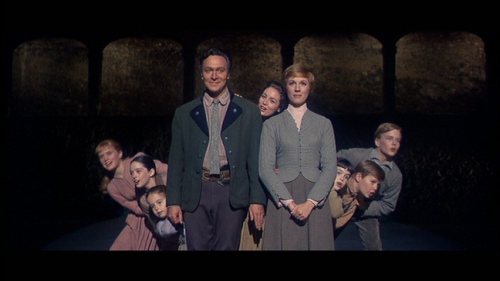
Hi readers,
I just wanted to say to those landing here that I expect this site to be inactive indefinitely, barring the posthumous publication of a new Gene Wolfe novel.
I am not being charged for this site so I will leave it up. You are free to borrow anything I wrote about if you are doing your own studies, research, etc. about Gene Wolfe and his books. No need to worry about citations, I won’t be coming after you.
I was new to blogs when I started this and I later realized it was not well organized. The following links may help you navigate to key entry points at this blog:
The introduction to my series of posts on The Wizard Knight
The beginning of the chapter summaries of Gene Wolfe’s The Knight
The beginning of the chapter summaries of Gene Wolfe’s The Wizard
The introduction to my series of posts on Gene Wolfe’s The Sorcerer’s House
The beginning of the chapter summaries of Gene Wolfe’s The Sorcerer’s House
The single post on Gene Wolfe’s Home Fires
The post on Gene Wolfe’s passing.
I started this blog because I thought that The Wizard Knight was one of his more important works, and a bit underappreciated, in part due to how the book was split into two for publication purposes. I did another series of posts about The Sorcerer’s House given what I perceived as a possible connection between the two works.
I think the rest of Gene Wolfe’s work prior to his last few books (“A Borrowed Man” and “The Land Across”) has been pretty well covered in other books, websites, the Urth list, etc. I would not have anything useful to contribute. The more recent books are fairly short and narrow in scope, and there was pretty good discussion about them on the Urth list.
Mr. Wolfe was at one point by his own admission working on a sequel to “A Borrowed Man”, but there has been no update on this for several years. My guess is that he did not get far enough in it that we will ever see a book. But I will be happy to be disappointed.
Wolfe scholar Marc Aramini’s anticipated second volume on Gene Wolfe’s bibliography will likely do a good job exploring the meaning, symbolism, and mysteries of the more recent books. Marc draws on/shares a variety of interpretations in his analysis and summaries, so he will have them covered from all angles.
Looking back on the posts, I still feel pretty good about the bulk of analysis. I would probably modify The Sorcerer’s House the most, and I think Marc and others have done good work unearthing things I missed. I stand by the core of my analysis of The Wizard Knight as being a profoundly Christian work (e.g. a retelling of the Gospel underneath a fairy tale) with heavy allusion and reliance on European mythology and folklore.
My blogging for the future will be limited to my other site, theprinceofserendip.com, which focuses on being (at least trying to be) a Catholic, and my review of books, movies, and other things that involve matters of Faith.
Thanks for reading!
UPDATE: 09/10/19. I just learned that Mr. Wolfe did in fact turn in a final draft of “Interlibrary Loan”, the sequel to “A Borrowed Man.” Tor Books will be publishing it, and according to Amazon, it will be available in June of 2020.
